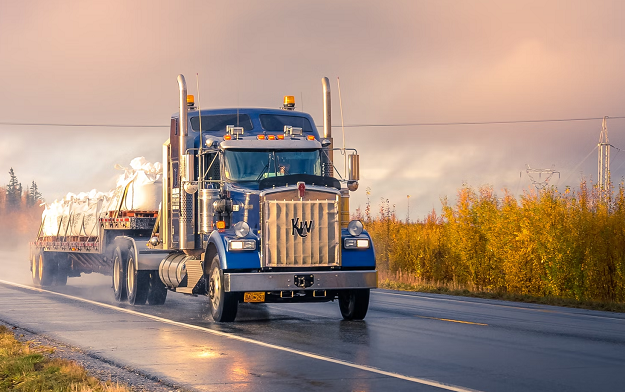
5 Truck Rules and Regulations To Ensure Safe Driving Conditions
Aug. 16, 2022
The trucking industry is prone to strict regulations to enhance safety. The drivers must follow the rules and regulations to ensure their safety and the safety of others. The restrictions apply to different aspects of the work. Companies shouldn't put a strain on the truck drivers and keep their working hours within the standard limits. On the other hand, truck drivers should apply various standards to their work to enhance road safety.
Trusted trucking companies such as https://migway.com ensure their drivers follow these regulations. In a case of an accident when the laws weren't respected, the driver and the company will bear the consequences. Which standards apply to commercial vehicles? This post presents the regulations that are meant to provide safe driving conditions.
-
Regulated working hours
Even though there is strict regulation, accidents might happen. In a case of an ancient where the rules weren't followed, the driver and their trucking company are responsible. The truck drivers aren't allowed to work more than the set standards. Fatigue can be a significant factor in accidents, so this regulation addresses this issue directly. Therefore reputable companies make sure their employees aren't overworked. The standard working hours are set to regulate the driving hours and ensure safety on the roads. A company shouldn't add more working hours to meet a deadline. With this, the truck driver will manage the challenges of their route without stress and fatigue.
-
Cautious of severe weather
Severe weather such as heavy rain, fog, and snow storms can happen at any point of the driving route. This can cause the driver to lose control of the vehicle, so the rules imply them drive slowly or not drive at all. When a driver hasn't followed this rule and has an accident, they and their company will be responsible.
-
Vehicle maintenance
The trucking company is responsible for solving any vehicle defects. Faulty tires and breaks, as well as improper lighting, are the most common reasons for accidents. The diver is responsible for frequent inspections and solving minor maintenance issues alone. The company should maintain the vehicle frequently to avoid accidents due to faulty parts.
-
Secured cargo
The trucking companies will transport different types of cargo. The cargo should be secured to prevent any kind of accident. The freight should be appropriately secured and balanced so that it doesn't spill or cause damage in other ways.
-
Safe parking
A truck parked in a traffic area can be a reason for collisions. A truck driver should park the vehicle correctly and move it away. In case of failure, they should place the warning triangle to alert the other participants in the traffic. The truck drivers should park in designated areas to meet the standards.
-
Final thoughts
The trucking industry is prone to strict laws and regulations to avoid accidents and crashes. They are meant to improve safety on the road. Being a truck driver brings so many responsibilities. Even though the driver manages the freight and tries to reach the final destination in time, they must prioritize the safety rules. Professionals don't try to step away from the rules in favor of meeting their deadlines. However, there have been instances where inexperienced drivers disobeyed the rules. Trucking companies won't prioritize deadlines over safety. They will stimulate their employees to provide protection for everyone on the road. As we already explained, accidents where the laws weren't respected, bring responsibility to the driver and their company.
Latest News
May. 10, 2024
Clash of Clans Invites People to Raid Erling Haaland’s Village in OOH Campaign
Clash of Clans, one of the world’s most-downloaded mobile games, partners with football superstar Haaland
May. 10, 2024
Bowel Cancer UK Campaign Targets Adults Most Reluctant to See their GP
The campaign, called Tell Your GP Instead, was developed by behaviour change experts at Claremont Communications


